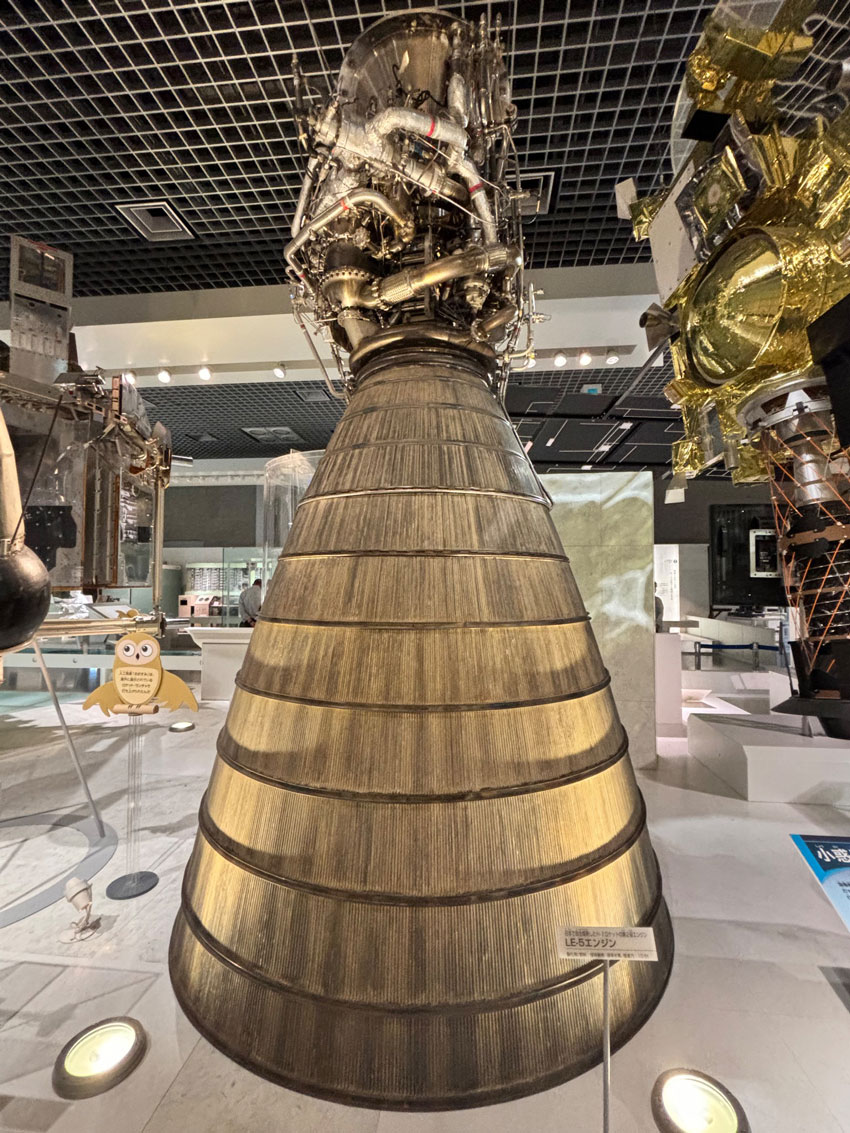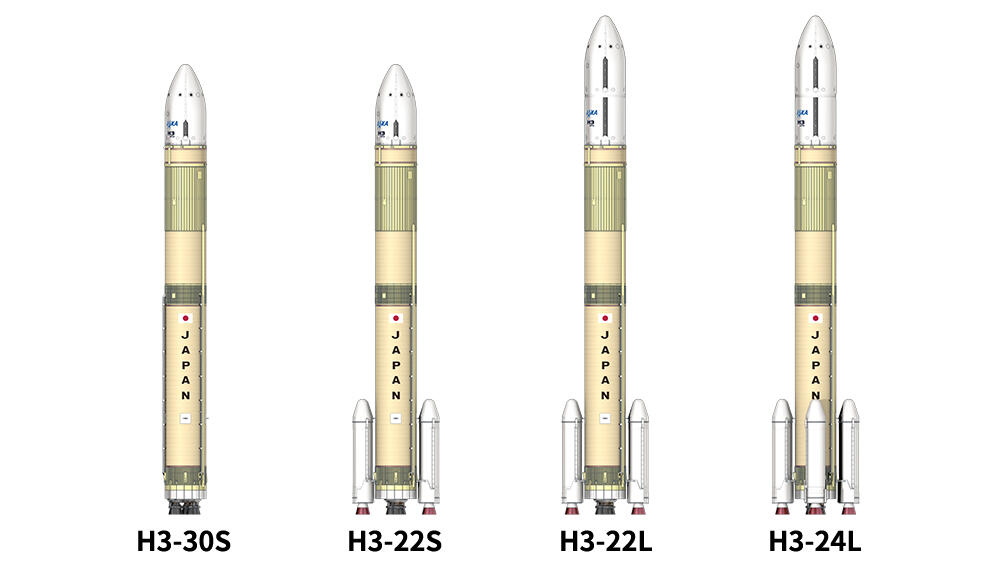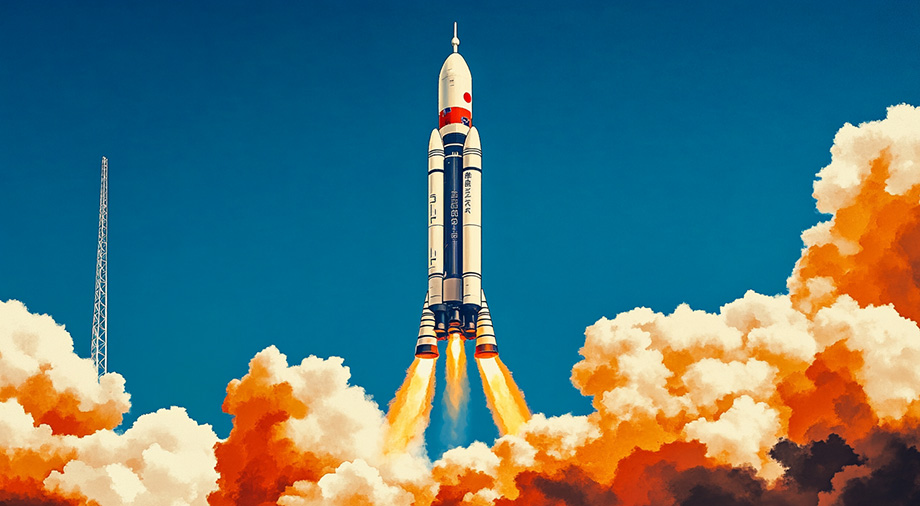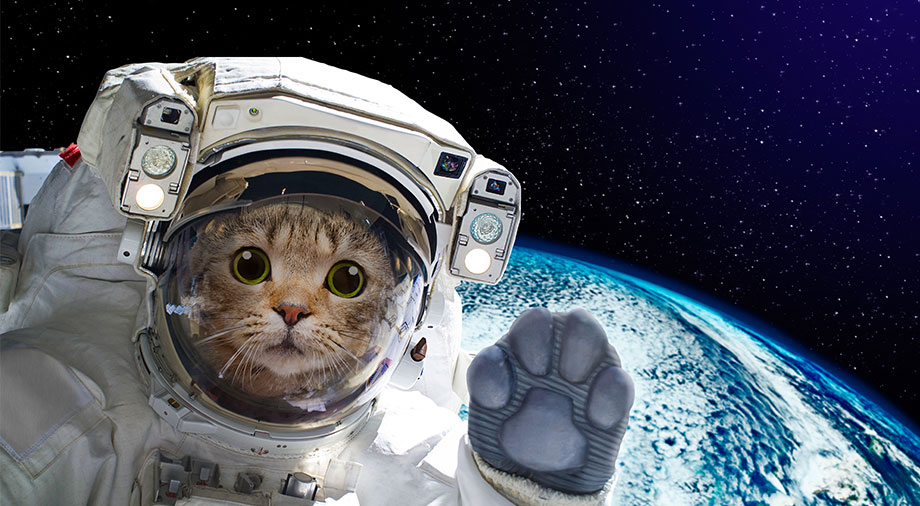In the previous article, we discussed how engineers from the aviation research group led by Professor Hideo Itokawa developed Japan’s first launch vehicles and used them to deploy a series of Japanese scientific and telecommunications satellites.
Starting in the 1970s, however, Japan’s rocket industry changed significantly, and the country began producing successive generations of its own launch vehicles, primarily under an American license. This agreement was highly politicized, as the United States, by integrating Japan into its rocket technology base, promised to restore sovereignty over certain territories that were occupied after World War II. As it turned out, the transition to American rocket technologies did not weaken Japan’s aerospace sector. After gaining valuable experience during this transitional period, Japan eventually began producing fully domestic, high-quality rockets by the early 2000s.
Do as they say: the N and H series missiles
At the beginning of 1975, the first Nippon series rocket, the N-1, was ready for launch. Its development was carried out by Mitsubishi Heavy Industries, which designed the LE-3 liquid-fueled engine for the rocket’s second stage. Each stage of the three-stage N-1 rocket was manufactured under an American license and structurally replicated the design of the Thor-Delta rocket. The license was transferred to Japan in 1970, making the name Nippon more of a formality than an indication of genuine national rocket-building technology.
Importantly, this was the first Japanese rocket to feature an inertial guidance system. Previously, Japanese rockets lacked this technology, as it could potentially allow a launch vehicle to be converted into an offensive weapon, which was prohibited by the country’s postwar constitution.
During its operational period from 1975 to 1982, the N-1 conducted a total of seven launches, six of which were successful. Notably, these rockets enabled Japan to place its first satellite into geostationary orbit (GEO).
The introduction of the Nippon launch vehicles paved the way for the KIKU (ETS) series of experimental satellites, through which Japan tested its new space technologies. The test satellite KIKU-2 (ETS-II) reached orbit aboard the third N-1 launch in February 1977 and a total of eight KIKU variants were launched. The last was the massive KIKU-8 in 2006, which weighed nearly six tons. During its mission, ETS-VIII demonstrated the deployment of large reflector antennas as part of the LDREX (Large Deployable Reflector Experiment). When fully extended, these antennas reached a length of 40 meters, making ETS-VIII the largest satellite in GEO at the time.

Source: jiji.com
At the end of 1981, Japan began operating the N-2, an improved licensed copy of the Delta rocket that replaced the N-1. Structurally, the N-2 consisted of three stages and solid rocket boosters. The first stage was taken from the Thor-ELT, the second was a modified version of the Delta-F’s second stage, and the third stage was optional. Depending on the launch, the N-2 used either an analog of the final stage of the Thor/Burner-1, powered by a solid-propellant Star-37 rocket motor, or a more powerful analog of the Burner-2, which also used solid fuel but was based on a replica of the Thiokol TE-M-364-2 engine.
The N-2 had a 100% success rate, with all eight launches successfully placing their payloads into the intended orbits. Among the deployed satellites were the third version of the experimental KIKU-3, a pair of geostationary meteorological satellites (GMS), two BS Yuri telecommunications satellites for the introduction of satellite television in Japan, and the country’s first full-scale monitoring satellite for ocean observation, MOS-1 (also known as Momo-1).
All of these spacecraft reached geostationary orbit, except for the MOS-1, which was placed in low Earth orbit. The launch of MOS-1 on February 19, 1987, marked the final mission of the N-2 rocket, as Japan was already preparing its successor, the H-1, a medium-lift launch vehicle. Like the N-series, the H-1 had two main variants.
During its first launch on August 12, 1986, the H-1 placed an experimental geodetic satellite called Ajisai into low Earth orbit. Over its six-year operational period, which lasted until 1992, a total of nine H-1 launches were conducted, again with a 100% success rate.
It is worth noting that only the first stage of the new H-1 was copied from the American Thor-ELT rocket, while the second and optional third stages were entirely of Japanese origin. The second stage was powered by the LE-5 liquid-fueled rocket engine, which ran on a mixture of liquid hydrogen and liquid oxygen (LH₂ + LOX). The letter H in the rocket’s name specifically denotes its use of hydrogen-based fuel.

Source: @mikusingularity on X
The H-1’s successor was the H-2, which debuted in 1994. It was a two-stage liquid-fueled rocket, entirely developed by Japanese engineers at NASDA. More powerful than its predecessor, the H-2 was designed to carry large satellites weighing up to 10 tons to low Earth orbit (LEO) and 4 tons to geostationary transfer orbit (GTO).
The H-2 was in operation for five years, but its reputation was not flawless. The first five launches were successful, delivering several important payloads to orbit, including the Earth observation satellite, ADEOS I, the OREX orbital reentry experiment, the GMS-5 meteorological satellite, and two experimental KIKU satellites (ETS-6 and ETS-7).
Problems with the H-2 began during its sixth launch when a malfunction in the second stage’s liquid engine cooling system caused the payload to enter a lower-than-planned orbit. The seventh launch of the H-2 resulted in complete failure due to the breakdown of the first stage’s hydrogen turbopump. This failure led to a loss of fuel and the premature shutdown of the engine just four minutes into the mission. After losing both the rocket and its payload, NASDA engineers realized that they needed a new launch vehicle.
Perfect workhorses: the H-2A and H-2B
From the outset of its development, the H-2A was designed with a focus on increasing reliability and safety. Another key requirement was improving the rocket’s cost efficiency. Mitsubishi Heavy Industries was once again the primary developer and, in 2007, it acquired the rights to manufacture rockets and manage launches. For the first six years of its operation, manufacturing rights had belonged to the Japan Aerospace Exploration Agency (JAXA), which was established in 2003 by merging the country’s three leading space organizations: the Institute of Space and Astronautical Science (ISAS), the National Space Development Agency (NASDA), and the National Aerospace Laboratory of Japan (NAL).
One of the key factors behind the success of the H-2A was its ability to increase thrust by adding either solid rocket boosters (SRB-A) or four smaller Castor 4AXL strap-on boosters (SSB). The modular design of these boosters allowed the rocket to execute a wide range of mission profiles, eliminating the need for a diverse fleet of different launch vehicles.

Source: JAXA
The first stage was equipped with a cryogenic LE-7A engine, while the second stage featured a modified version of the LE-5B liquid-fueled engine. Each stage used a single engine. Despite its relatively simple design, the H-2A achieved remarkable payload capacity. At the start of the new millennium, this medium-lift rocket could deliver between 10 and 15 tons to low Earth orbit (LEO) and between 4 and 6 tons to geostationary transfer orbit (GTO), depending on the booster configuration.
The historic first launch of the H-2A took place on August 29, 2001. Since then, it has completed 49 missions, with only one failure. On November 29, 2003, during its sixth launch, a hot gas leak occurred in one of the two SRB-A booster engines, preventing its separation and leading to the first and only loss of an H-2A rocket. However, since 2003, the rocket has achieved an uninterrupted streak of 43 successful launches, and this number is likely to grow since the H-2A remains in active service.
In 2009, the next modification of the rocket debuted under the designation H-2B. Structurally similar to its predecessor, the new rocket featured four SRB-A3 solid rocket boosters and was equipped with two LE-7A engines in its first stage. This increased its payload capacity to 19 tons to LEO and 8.5 tons to GTO. The primary mission of the H-2B was to deliver the HTV (Kōnotori) cargo spacecraft to the International Space Station (ISS). The rocket could transport up to 16.5 tons of payload to the orbital station.

Source: wikipedia.org
The H-2A and H-2B rockets can rightfully be considered among Japan’s most successful launch vehicles. It was the H-2A modification that carried out Japan’s first commercial space launch in November 2015, delivering the Canadian telecommunications satellite Telesat Telstar 12 VANTAGE to geostationary orbit. However, increasing competition from the American aerospace industry, driven by the introduction of SpaceX’s reusable Falcon 9 rockets, significantly weakened the H-2A’s position in the global launch market. As a result, Japan has primarily continued using the rocket for its own space missions and national company contracts.
With renewed discussions about humanity’s return to the Moon, JAXA began considering the development of a new H-series launch vehicle capable of delivering payloads of up to 6 tons to lunar orbit (TLI). Thus, in May 2013, development began on the H-3, JAXA’s latest rocket. However, the journey to its completion proved to be anything but straightforward.
The explosive N-3 debut
While working on the H-3, engineers from JAXA and MHI focused on three key criteria that the rocket needed to meet:
- Flexibility in design: This followed in the footsteps of the H-2A. From the start of its operational phase, the H-3 offered potential clients four configuration options: a version without solid rocket boosters (H3-30S); a version with two SRB-3 solid rocket boosters (H3-22S); an extended version with two boosters (H3-22L); and an extended version with four boosters (H3-24L).
- Reliability: The new rocket was designed to meet the quality and failure-free performance standards established by the H-2A and H-2B.
- Competitive launch costs: Although the H-3 was designed as an expendable launch vehicle, its construction aimed to reduce production costs, making its launch services more affordable.

The four variations of the H-3 rocket: The first digit in the modification name indicates the number of LE-9 engines on the first stage, the second digit represents the total number of solid rocket boosters, and the letters denote whether the rocket belongs to the short (S) or long (L) version.
For example, the H3-30S version has 3 engines on the first stage and 0 boosters.
Source: JAXA
The main engine of the rocket’s first stage was the cryogenic liquid-fueled LE-9, developed by Mitsubishi Heavy Industries. This engine was the key to reducing the rocket’s cost and improving its fuel efficiency, as the LE-9 operated on an expander bleed cycle, where the rocket fuel was used to cool the engine.
This technology ensured higher safety standards and more efficient fuel consumption in the new rocket. Engines using this cycle typically have limited output power, but Japanese engineers managed to increase the LE-9’s thrust to 1,471 kN. Since different H-3 configurations featured either two or three LE-9 engines on the first stage, they could achieve a maximum thrust of 2,944 kN or 4,416 kN. As a result, the rocket’s payload capacity ranged from 4 to 8 tons to GTO and up to 4 tons to sun-synchronous orbit (SSO).
The sole engine on the second stage was the modified liquid-fueled LE-5B-3, an evolution of the engine used in the first-generation H-1 rocket. This engine provided a thrust of 137 kN, with an ignition phase lasting over six minutes.

Source: JAXA
When the first ground tests of the new LE-9 engine began in April 2017, however, the H-3’s main advantage turned into its biggest challenge. Due to its complex engine design and its instability, the first launch of the rocket had to be delayed from January 2022 to March 2023.
Finally, on March 7, 2023, H-3-22S was ready for its first launch from the Tanegashima Space Center. According to the mission plan, the rocket was to deliver the three-ton ALOS-3 satellite, equipped with a synthetic aperture radar (SAR), to SSO. However, in the sixth minute of the flight, the rocket failed to ignite the second-stage engine, causing it to gradually lose speed and altitude. The personnel at the space center decided to carry out a controlled detonation of the rocket. This was a very painful and unsuccessful debut for JAXA, leading to almost a year of preparation for the second H-3 flight.
However, the H-3 successfully demonstrated its capabilities in 2024. Launches on February 17, July 1, and November 4 (each using the H-3-22S variant) were all successful, completely dispelling any doubts about the new Japanese launcher.

Source: Kyodo News
Looking at the stages of development of Japan’s rocket industry over the past 50 years, it must be noted that the country has navigated an interesting path. Despite reservations, the American Delta/Thor license provided Japan with a high-quality and ready-made vehicle for delivering cargo to orbit, saving Japanese rocket specialists years of development and testing a rocket from scratch.
The nearly 30-year period of operating these rockets under license allowed Japanese engineers to familiarize themselves with all aspects of the design of each stage of the rocket from the inside out. Ultimately, this stimulated the development of Japan’s own national space sector. What initially appeared to be dependence on the American rocket-technical base became valuable design experience. This path was difficult, but it led to the main goal: complete technological independence for Japan’s aerospace sector.





